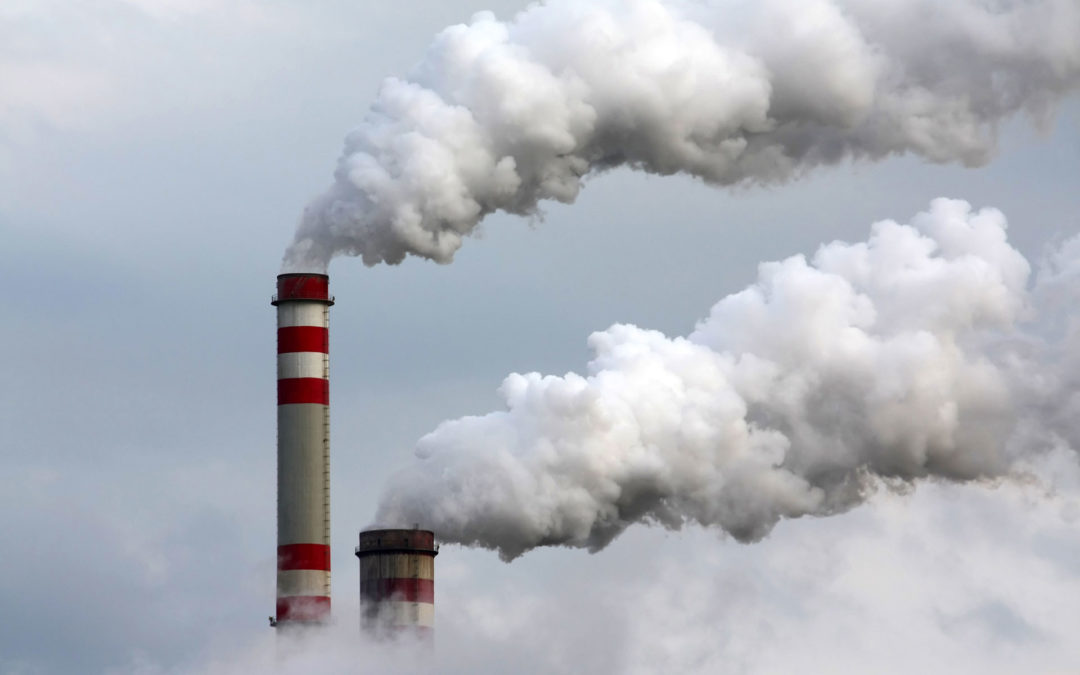Pond Technologies: Using Algae to Combat Climate Change
The move towards a low-carbon future is often seen as a binary choice. On one side, “going green” and building a sustainable economy; on the other, the current state of business affairs and its varied interests.
The path forward is generally presented as a zero-sum proposition. One or the other. With so much at stake both commercially and environmentally, this adversarial juxtaposition often forces conversations and perspectives inward rather than forward.
Yet, reality is rarely black or white. We will neither flip some easy switch to a carbon-free future, nor remain static in this fossil-fueled model. Change will happen, and as with most big things, it will likely be a process of collaboration and compromise, using existing structures and bold ideas to eventually arrive at something new.
Hungry for CO2 – the Pond Story
About a decade ago there was a scientist who loved studying light. Wavelengths, spectra, frequencies – he couldn’t get enough. Then he discovered algae. They reacted well to his light experiments and loved to eat CO2. Together with some friends he began to tinker. The more they fiddled with light and other growth conditions, the faster the algae grew. More algae eating more CO2.
And Pond was born.
Carbon dioxide (CO2) is the most abundant byproduct of our industrial world. Expelled from our factories, our power plants, and our cars – it’s the biggest contributor to greenhouse gas emissions.
Algae, like plants, live and grow via photosynthesis. In goes the CO2 and out comes oxygen. Algae may have a slimy reputation, floating in our lakes and swimming pools, but in the fight for a cleaner environment they are turning into a powerful potential ally.
Pond Technologies is a Canadian-based cleantech company using nature’s filters to combat climate change, while also providing a model to help existing industries join the shift towards a low-carbon economy.
Here’s how Pond’s system works: Emissions from smokestacks and other industrial facilities are redirected to large tanks, called bioreactors. The reactors are “plug and play”, container-size tanks that integrate easily with existing industrial facilities. The emissions are moved through the algae-filled reactors where Pond’s proprietary technology capitalizes on algae’s natural appetite for CO2. Conditions are optimized using lighting, sensors, and computer algorithms, maximizing algae growth and CO2 conversion. Emissions are cleaned, oxygen is output, and algae is grown.
Cleaning would-be pollutants before they have a chance to hit the atmosphere, all while using a natural low-footprint technology that provides potential new revenue streams. Sounds pretty good.
Yet, carbon-capture is only half the story.
The algae produced during the sequestration process can then be upgraded into value-added products with wide-ranging commercial and social benefits. Algae can be used to create green superfoods like chlorella and spirulina, clean feed for farm animals, natural cosmetics and food additives, and even biodegradable plastics. Algae is on its way to becoming a sustainable raw material and ingredient of the future.
Pond has developed a multi-leveled model that combats climate change, derives value from emissions, and produces a valuable planet-friendly byproduct. If the future of the environment and the economy are inextricably linked, then sustainable and commercially-viable options will be a crucial part of the way forward.
Learn more about Pond in our continuing “Pond Story” series:
Chapter 2: Bridging the Gap Between Business and the Environment
Chapter 3: Green Investing Through Vertically-Integrated Cleantech
Chapter 4: Opportunities for Pond in Natural Consumer Products

